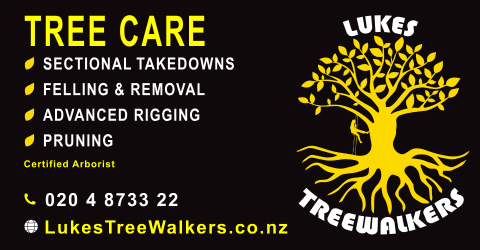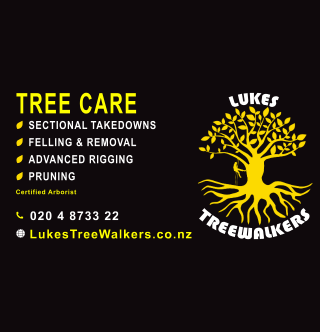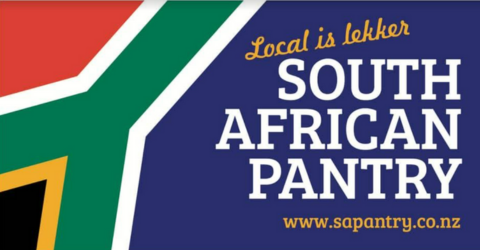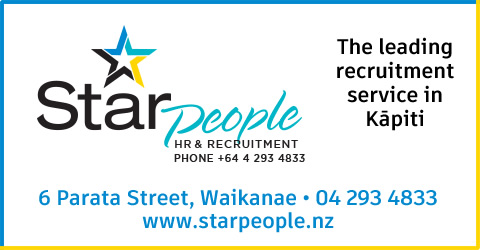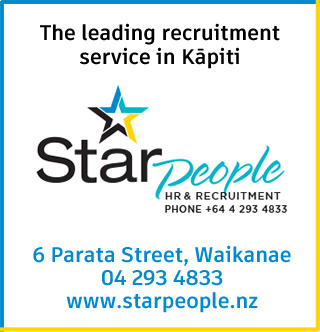The last couple of decades has seen a decline in voter numbers in Local Government elections and the Kāpiti Coast is no exception.
From the relatively high voter turnout in the 65% range Kāpiti has fallen to just 47.9% at the last election. This is the trend across the country with many areas substantially lower. The national average is 45.7%.
Local Government NZ (LGNZ) has launched a campaign to encourage voters to get involved in the elections this October.
LGNZ’s ten-month #Vote2019NZ campaign, running until the 12 October polling date, aims to lift nationwide voter turnout in local elections and increase people’s engagement with their local council.
The campaign also encourages citizens with strong leadership qualities and a passion for their community to consider standing as candidates themselves.
The # Vote2019NZ campaign is based on domestic and international research about who is voting, who isn’t voting, why they aren’t voting and what will influence them to vote. Measures to build elector turnout will include a strong focus on younger voters.
LGNZ President Dave Cull says local body voter turnout varies significantly across different age groups and geographic areas. LGNZ survey results have shown:
Mr Cull says, “Our aim is to grow citizens’ understanding of the breadth of services delivered each day by local governments across New Zealand, and the impact those services have on their everyday lives. By making that connection, we hope it inspires Kiwis to take a more proactive stance on the issues they care about in their communities.
“Citizens can get involved by voting for their preferred candidate this October, and maybe even deciding to stand as a candidate themselves,” says Mr Cull.
Mr Cull says creating a larger pool of skilled candidates is another key step to improving local democracy and ensuring the value local government delivers to its communities remains high.
“Local government in New Zealand faces major challenges, from environmental issues to major infrastructure replacement, often in the face of demographic change. We need to ensure elected representatives have the abilities, training and diversity of skills to rise to these challenges,” says Mr Cull.
Visit www.vote2019.co.nz for further information.









